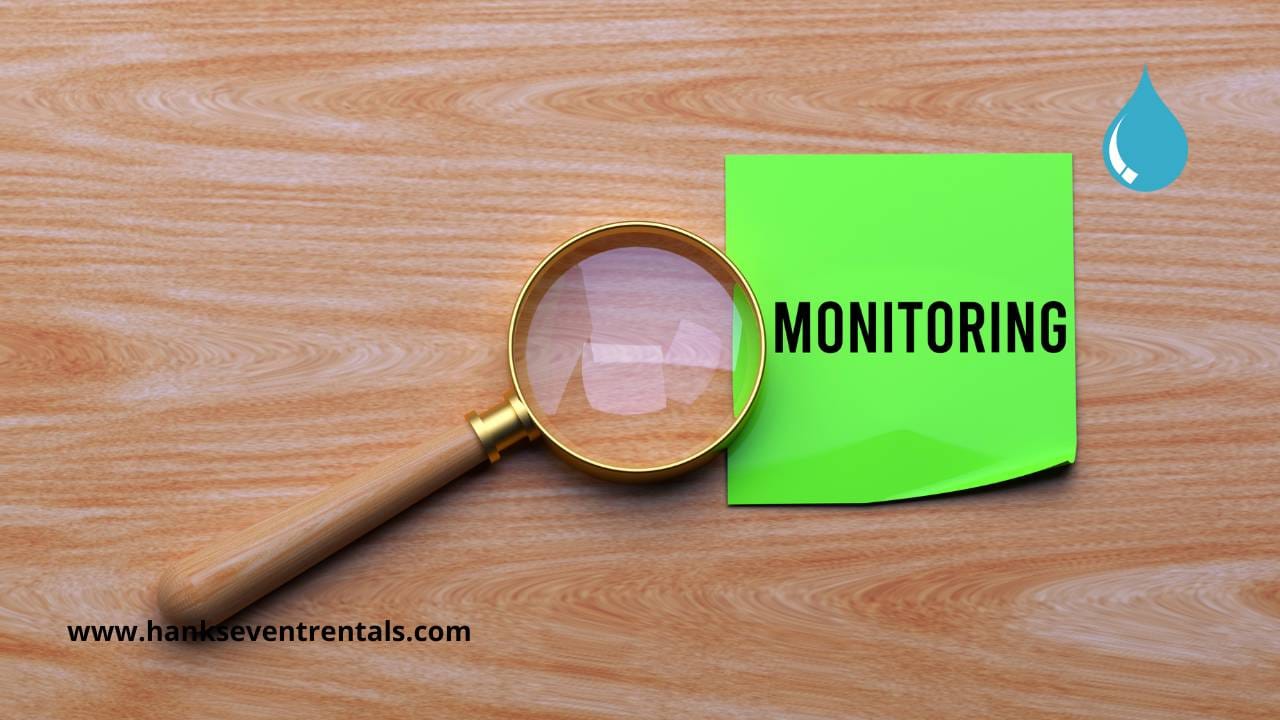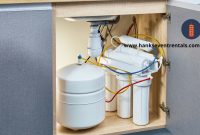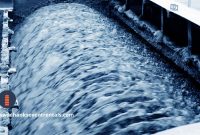Ensuring Clear Water with Advanced Technology
In today’s world, ensuring access to clean and safe water is more important than ever. Advances in technology have made water monitoring and treatment easier through various apps designed to measure water quality and treatment processes. These apps are designed to help individuals, industries, and governments keep track of water purity and take necessary actions to maintain water standards.
1. Why Water Monitoring and Treatment is Critical
Water is essential for life, and ensuring its cleanliness is critical for human health and industrial processes. With pollution, climate change, and increased industrial activities, monitoring water quality has become an urgent priority for ensuring public health and environmental protection.
Water Treatment is the process of removing contaminants from water to make it safe for drinking, agriculture, and industrial uses. Water quality monitoring helps detect pollutants, contaminants, and changes in the water’s clarity and purity before they become a public health hazard.
Key reasons for monitoring water quality:
- Health Concerns: Contaminated water can spread diseases like cholera, dysentery, and typhoid.
- Environmental Protection: Water pollution negatively affects ecosystems, wildlife, and biodiversity.
- Regulatory Compliance: Governments and industries must comply with water safety standards and regulations.
- Sustainability: Managing water resources responsibly is critical for the environment and future generations.
2. How Apps Aid Water Monitoring and Treatment
In recent years, technology has revolutionized the way we monitor and treat water. Water treatment and monitoring apps allow users to analyze water quality, track treatment processes, and respond to issues in real-time. These apps are helpful for individuals concerned about the water they drink, as well as industries responsible for large-scale water treatment.
Benefits of using water treatment and monitoring apps:
- Real-time Data: Apps provide instant readings on water clarity, chemical composition, and potential contaminants.
- Automation: Automated alerts allow users to act quickly in case of water quality issues.
- Data Logging: Apps store historical data, making it easy to analyze trends and spot recurring issues.
- Remote Monitoring: Industrial water systems can be monitored from anywhere, reducing the need for constant physical checks.
3. Top Apps for Water Treatment and Monitoring
Here are some of the top apps that facilitate water monitoring and treatment:
1. Aquagenius
- Features: Measures water clarity and tracks real-time data for various water sources.
- Best for: Individuals and small communities.
- Special Functionality: Automated reminders for water testing and chemical adjustments.
2. HydroSafe
- Features: Monitors chemical balances, contaminants, and provides weather-related updates for stormwater management.
- Best for: Industrial and commercial water treatment.
- Special Functionality: Integrates with IoT devices to control valves and pumps.
3. WaterWatch
- Features: Focuses on environmental impact and sustainability, measuring both water purity and usage efficiency.
- Best for: Environmental agencies and research institutions.
- Special Functionality: Predictive analytics for water use patterns and potential contamination risks.
4. How Water Monitoring Apps Work
Water monitoring apps generally work by syncing with physical sensors or testing kits that provide the app with real-time data. Users can input manual readings or receive automated updates directly from the water systems. Here’s how the process typically works:
- Step 1: Install sensors in water sources or attach them to testing kits.
- Step 2: Sync the data with the app, which will display water clarity, pH levels, contaminant levels, and more.
- Step 3: Set alerts for changes in water quality parameters.
- Step 4: The app logs data and provides graphs and reports for analysis.
These apps help simplify the complex process of water quality monitoring and ensure that potential issues are spotted early, allowing for timely intervention.



